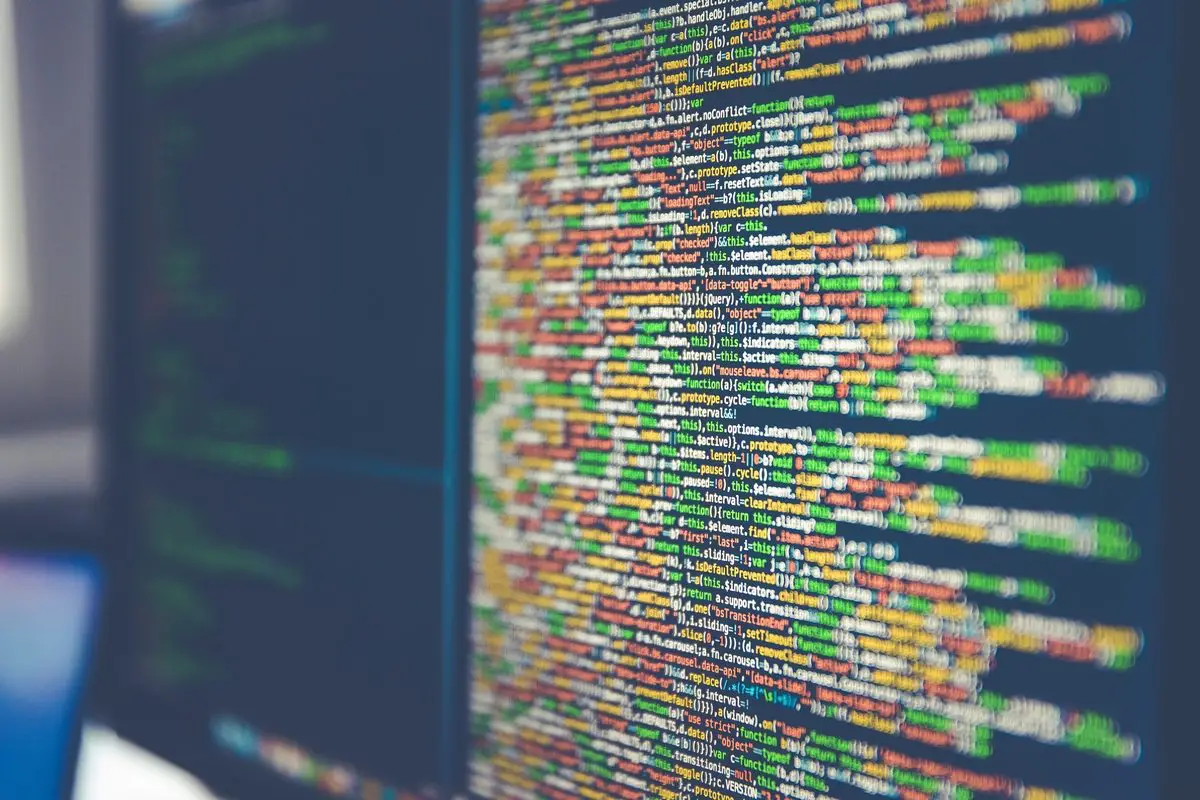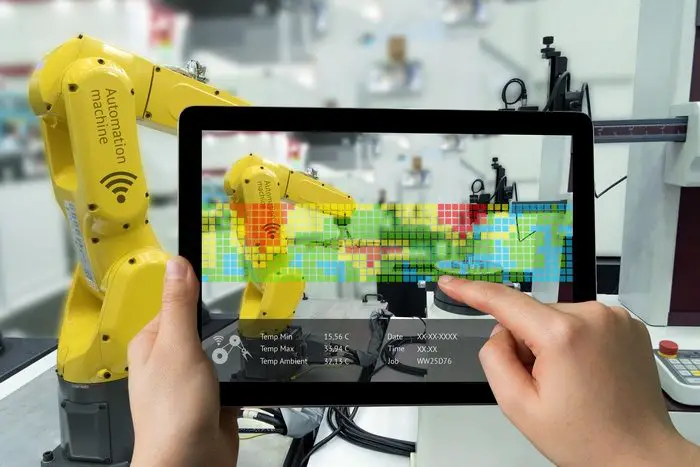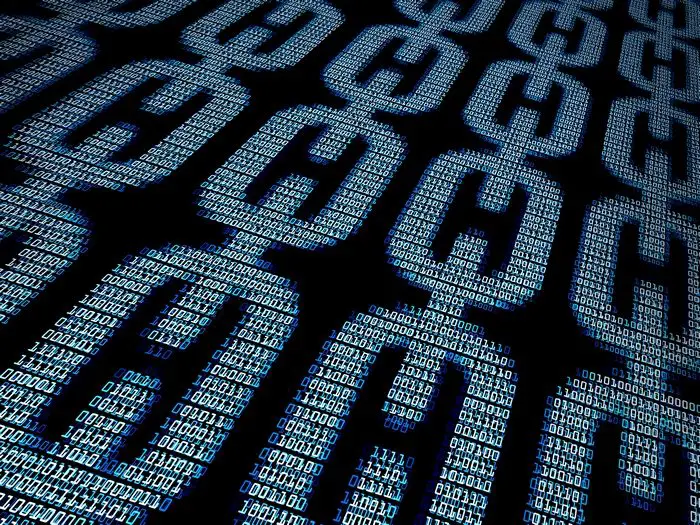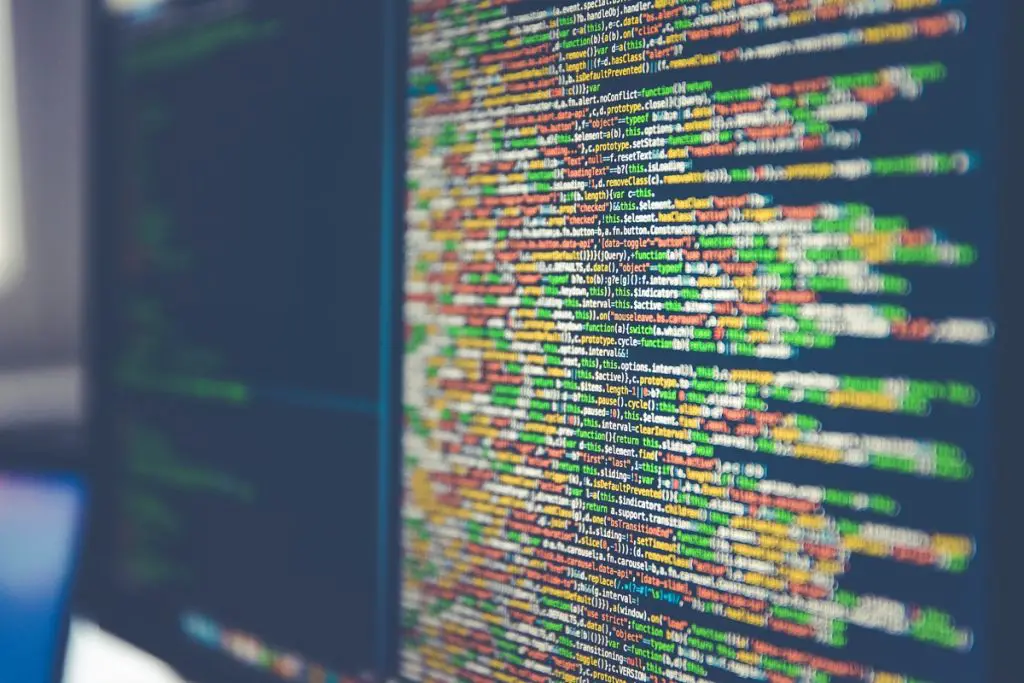Source: Techstars
Change has always been constant but the rate at which change occurs certainly hasn’t! The 20th century saw accelerating change in medicine, employment, social interaction, the environment and just about everything else including technology. That pace of change has accelerated almost exponentially sine the clock ticked over to the 21st century.
There are endless predictions and forecasts of where we will be technologically in one, five, ten or 50 years. It’s a given that computing power will continue to get more powerful while also becoming cheaper. But hardware by itself does nothing. It’s the way it’s used that will drive us forward. As Managing Director at Techstars, Jenny Fielding is well positioned to postulate on where we are heading…
Contents
Predictions are so 2017…so instead, here are a few IoT themes that I’m excited about this coming year:
Edge Comes of Age

The promise of Edge and distributed computing, may seem like old news, however, much of enterprise processing still takes place on-prem or in the cloud. Corporate change management (painful) coupled with the cost of supporting both Edge and core (expensive) are contributing factors to slower adoption. However, as the rate of IoT deployments increase more generally, Edge processing and storage will take hold more quickly across industrial use cases (utilities, energy, transportation) where assets are often remote and further away from central infrastructure. This will significantly cut data ingestion costs, reduce network latency, increase security and help turn streaming data into real-time decisions. By some accounts, 40% of IoT derived data will be stored, processed, analysed and deployed at the Edge by 2019.
Enterprise Adopts a Voice

Consumers have embraced voice applications through beloved connected home and wearable devices. This makes sense considering that we type 40 words per minute and speak closer to 150 words per minute. However, the utility around consumer voice apps pales in comparison to the Enterprise. From robots to automotive, manufacturing to construction, voice provides a flexible, fast and cost efficient way to communicate and collaborate especially when hands and eyes are not available. There is little written about industrial IoT voice use cases, but watch this space in the coming year.
Blockchain Rising

We hear a lot about Blockchain solutions, however, questions around scalability, privacy and reliability have resulted in limited deployments and small scale pilots. However, the case for Blockchain IoT solutions is mounting with greater understanding of the benefits including, faster transaction processing, protected data transmissions, greater reliability and stability, and more efficient integration with existing technology infrastructure. And let’s not forget IoT cryptocurrency, IOTA, totted as a fast and safe way to buy and trade datasets.
Health is Everything

Healthcare IoT had a slow start, falling prey to the usual slew of regulations, data security and device management concerns. Now on track to spend over one trillion dollars on healthcare IoT solutions by 2025, the impact on patients, doctors and hospitals will be profound. While consumer adoption of connected home devices and wearables has started to take hold, it’s enterprise solutions tapping into big data, payments and medical records that will reshape healthcare at scale. IoT can help force the industry to move more quickly towards adopting standards that unite disparate data sources, allowing for a comprehensive view of the patient. Many believe that data is the key to patient care, disease management, remote monitoring, predictive analytics and more…
Security – Ugg!

On a more somber note, even as IoT security awareness comes to the forefront, factors such as time to market, cost and user experience often take priority over basic security. As such, we will likely see more attacks on vulnerable endpoint devices as well as cloud platforms and therefore more exposure of sensitive customer data. On a positive note, more risk and breaches will force IoT companies to come together to work out broad standards, although doubtful this will happen in the next year.
| Jenny Fielding Managing Director at Techstars, where she leads both the FinTech and the Techstars IoT Accelerator. Prior to joining Techstars, Jenny headed up a corporate venture and digital innovation group at BBC Worldwide where she made strategic investments and led business development deals. @jefielding |






